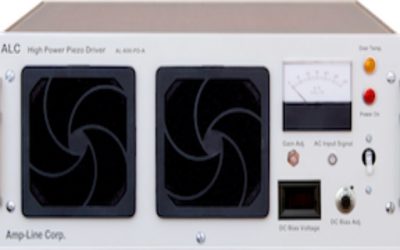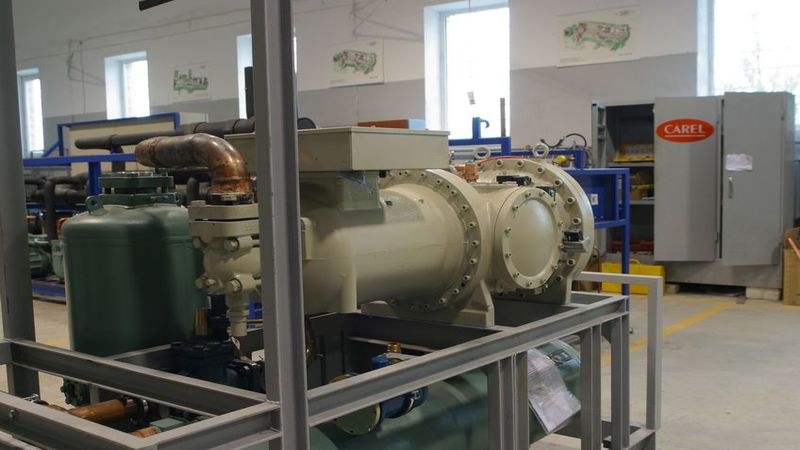Energy consumption is constantly rising in today’s fast-paced world, underscoring the importance of efficient and reliable power systems. The DC connection is a vital component for achieving this efficiency. Direct current (DC) technology is widely employed in a variety of industries, including household solar installations and large-scale industrial applications. Understanding the importance of DC systems as energy systems evolve is critical for maximizing performance and guaranteeing long-term sustainability.
The Role of DC in Modern Power Infrastructure
Historically, alternating current (AC) has dominated the power distribution landscape, owing to its capacity to travel vast distances with minimum losses. However, with the increasing demand for renewable energy and the necessity for more efficient energy storage systems, DC has experienced a significant resurgence. Many modern energy systems, particularly those that use solar energy, batteries, and electric vehicles, rely on a direct current connection. Solar power systems, for example, create direct current electricity, which can subsequently be stored in batteries or converted to alternating current and distributed to the grid. The increasing trend of electrification in transportation has pushed the limits of DC technology even further. Electric vehicles (EVs) rely on DC infrastructure for charging.
The Shift Towards DC Systems in Industrial Applications
DC power systems were once considered specialist technology, but they are becoming more popular in industrial and commercial applications. The primary motivation for this move is to enhance energy efficiency, reduce operational costs, and integrate cutting-edge renewable energy solutions. Many firms are implementing DC power solutions in data centers, where reliability and energy efficiency are critical, to reduce energy losses and improve performance. By using direct current, data centers can eliminate the need for energy conversions, which not only increases efficiency but also minimizes heat generation—an valuable component in maintaining appropriate operating conditions. The use of DC technology in manufacturing and automation is another area for extensive expansion. This results in increased productivity, cheaper energy costs, and greater integration with modern energy storage and generation technologies. The increased emphasis on smart grids and microgrids has led to the use of direct current systems to construct more localized and efficient power distribution networks.
Looking Ahead: The Future of DC Integration
The growing use of DC technology across a variety of industries is more than a fleeting fad; it marks a fundamental shift in how we generate, store, and use energy. As renewable energy sources gain prominence and energy storage technologies progress, DC power systems will play an increasingly important role in facilitating efficient energy transfer and utilization. One of the most intriguing advancements in this field is the introduction of bidirectional charging systems for electric vehicles. This technology has the potential to transform electric vehicles into mobile energy storage units, increasing the flexibility and resilience of the overall energy system. With rising demand for home automation and renewable energy, families with solar panels and battery storage systems can benefit from DC connection infrastructure. This system enables more effective energy consumption in the home, minimizing reliance on the grid and lowering overall energy expenses.



